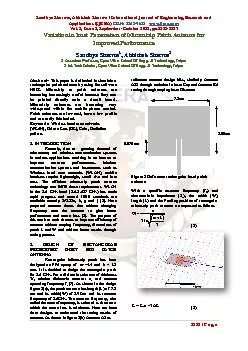PPT-Value Based Care Abhi Sharma, MD
Author : jane-oiler | Published Date : 2020-01-24
Value Based Care Abhi Sharma MD PwC November 17 2017 1 Value Based Care Point of View 2 Driven by the twin forces of risk shift and retail shift payers and providers
Presentation Embed Code
Download Presentation
Download Presentation The PPT/PDF document "Value Based Care Abhi Sharma, MD" is the property of its rightful owner. Permission is granted to download and print the materials on this website for personal, non-commercial use only, and to display it on your personal computer provided you do not modify the materials and that you retain all copyright notices contained in the materials. By downloading content from our website, you accept the terms of this agreement.
Value Based Care Abhi Sharma, MD: Transcript
Download Rules Of Document
"Value Based Care Abhi Sharma, MD"The content belongs to its owner. You may download and print it for personal use, without modification, and keep all copyright notices. By downloading, you agree to these terms.
Related Documents














